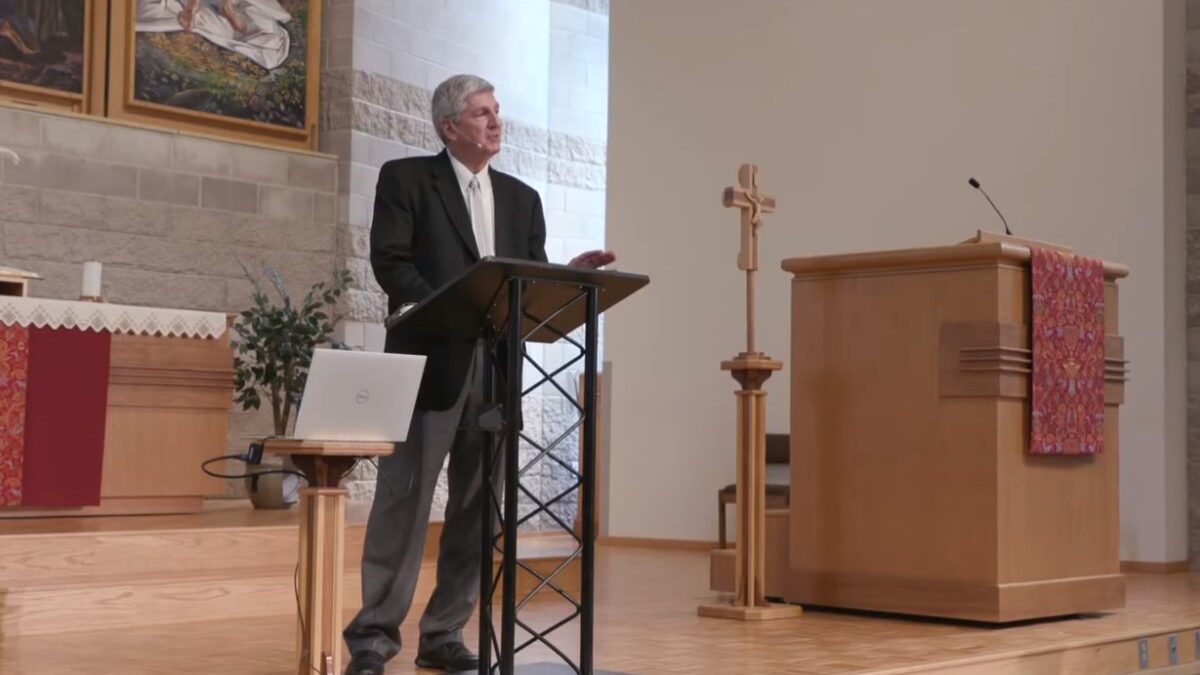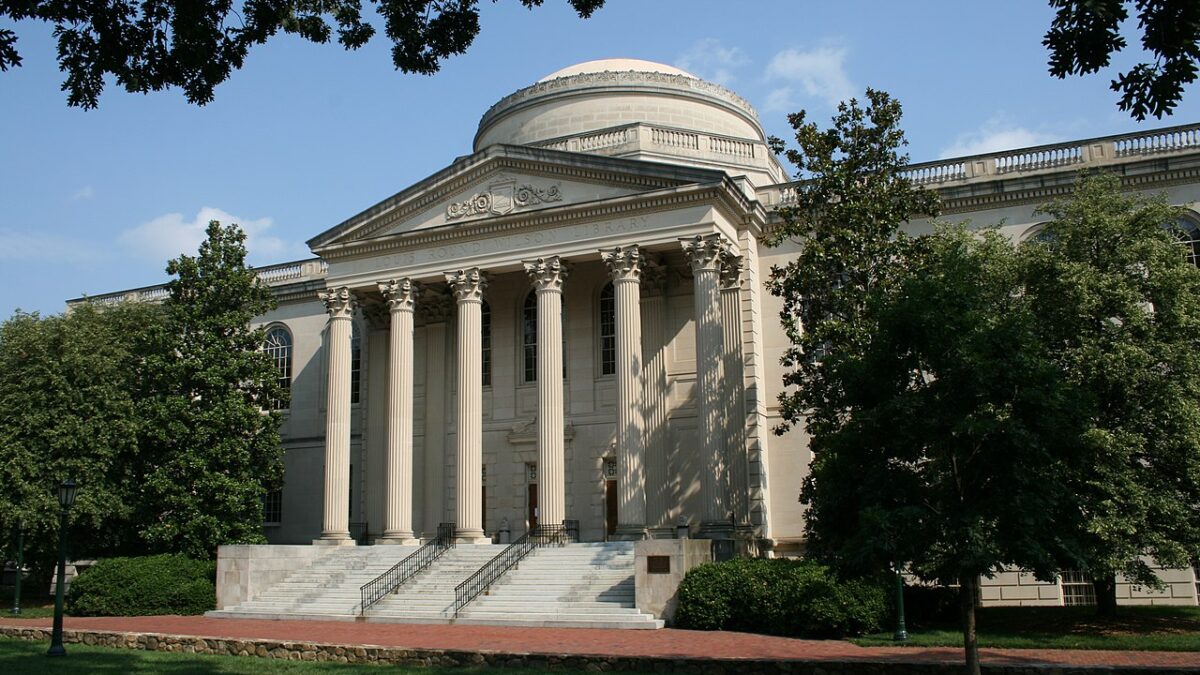The fight against critical race theory in schools, colleges, and companies took a leap forward in December 2021, when Florida Gov. Ron DeSantis announced a legislative proposal to prohibit discriminatory teaching and training around the state. Although he signed the bill into law in April, a federal judge last month found key clauses of the Individual Freedom Act, also known as the Stop W.O.K.E. Act, to be unconstitutional with respect to higher education. But that does not mean the fight is over.
The offending clauses prevented faculty members from giving any student instruction “that espouses, promotes, advances, inculcates, or compels [belief in]” a range of discriminatory concepts, such as the concept that one race is morally superior to another.
Judge Mark E. Walker acknowledged that the state or its universities may establish a curriculum — content-based requirements for college courses. Academic freedom, he wrote, “does not justify a professor hijacking their class discussion to focus on matters outside the established curriculum.” But regarding the viewpoints expressed within that content, he decided, the legislation unconstitutionally restricted positive teachings about the concepts while permitting neutral or negative teachings.
The Florida law was one of many nationwide that were advertised not merely as anti-discrimination but also as anti-critical race theory (CRT), a worldview that promotes racial prejudice.
What is next for legislation that promotes colorblindness and meritocracy in higher education? What lawful options remain for colleges and universities?
Too many proposals against CRT have been based on viewpoint — seeking to sanction individuals for teaching or discussing CRT, rather than acting on it. It’s the action that creates discrimination. Legislative proposals should not interfere with the academic freedom to have robust discussions in class. They should, however, target prejudicial behavior, such as establishing and supporting restrictive affinity groups, holding mandatory student orientation or residence life activities including “privilege walks,” and mandating diversity trainings in which participants must confess some allegedly inherent bias.
Anti-CRT proscriptions for higher education banning such behavior, without requiring colleges to crack down on any viewpoint, have better prospects. So do interventions in the curriculum.
An Anti-Indoctrination Approach
The Florida case may have proceeded differently if the prohibition were narrowly tailored to anti-discrimination and anti-harassment as applied to speech. In Davis v. Monroe County Board of Education (1999), the Supreme Court provided a standard for this: the victim must be subjected to conduct so severe, pervasive, offensive, and unwanted that the victim is effectively denied equal access to education.
Accordingly, an anti-harassment rationale for restricting CRT must be limited to situations where a postsecondary student is denied access to a class or another education program or activity unless the student agrees with, or expresses agreement with, a discriminatory statement. Being kept out of a course, or being coerced to express belief in a discriminatory concept as a condition of the course, would meet the Davis standard.
In addition, legislation (or regulations at the state or university level) could list discriminatory teachings among the examples of discrimination and harassment within relevant policies. Such lists are already common. The lists are likely constitutional, however, only if they reassure readers that the listed speech must also meet the Davis standard of conduct (or a somewhat looser standard in a professional context). As the judge in the Florida case noted, disguising speech prohibitions within anti-discrimination rules does not work.
The anti-indoctrination, anti-harassment rationale for restricting CRT teachings provides relief but only in a narrow, rare set of situations.
CRT and College Curricula
A public college cannot and should not control the viewpoints expressed in the classroom. Instead, a public college or a state legislature should assert its prerogative over the content of the curriculum at various levels.
Consider the subject of astrology. It would be reasonable for a department of astronomy, its university, or its state legislature to make a determination that astrology readings are an unserious waste of time. Accordingly, campus policy or the law may require that there be no assigned astrology texts, no astrology units, and no astrology courses at the university. None of this would prevent astrology from being discussed in the classroom incidentally, from any viewpoint. The point is that it will have no place in the regular curriculum.
The same is true for other subjects, including CRT. A college department, a university, or a legislature may, as a matter of content and careful judgment, either require or prohibit modules, units, and courses on any topic. Further, the university or the legislature might determine that an entire program or department is not sufficiently valuable to receive scarce resources.
To operationalize this prerogative, consider that the faculty of a department often must approve the content of a course before a faculty member is allowed to teach it. Before it goes in the course catalog, the course often must be cleared by various academic bodies and administrators. It is perfectly legitimate for legislatures and trustees to require that unserious topics (CRT, astrology, etc.) not be approved for courses, while recognizing that any topic might come up in the course of normal class discussion anyway.
Enforcement need not be draconian. Defining a subject matter such as “biology” or “psychology” or “CRT” can be difficult. Fields overlap and change over time. But this situation presents no legal difficulty for restricting CRT as described here, since no institution will be interfering with the classroom or a student, and courts normally defer to the professional judgment of scholars in determining the enforcement of academic norms. Legislators will not be judging courses or course materials once they set the curriculum as they think best.
In other words, scholars and legislators know what astrology is; they know what CRT is, and they know what other subjects are, more or less, despite hard cases and indeterminate borders.
CRT Isn’t the Only Way Universities Waste Students’ Time
Even when a topic is serious and worth students’ time, not every college needs to teach or offer a degree in every subject. A college or legislature need not determine that CRT is an unserious waste of time. Instead, the college or legislature may determine merely that CRT is not a high enough priority, and accordingly that CRT fits no module, unit, or course, and that no resources will be used to buy library books in that subject area.
An ideal solution, then, is to close unserious departments, end lower-priority programs, and stop teaching frivolous courses across the board. CRT is far from the only low-value topic taught at most universities, as critics of higher education have pointed out for nearly a century.
So long as public colleges exist, there will be democratic pressures regarding what to teach and what not to teach. A completely privatized, competitive ecosystem of higher education would be democratic in a different way; students would vote with their tuition dollars. Until that time, legislatures have a responsibility to ensure that the people’s scarce dollars are well spent.
Determining institutional priorities is a core responsibility of institutions of higher education. When public colleges fail to do that work effectively, it is appropriate for legislatures to fill the gap.









